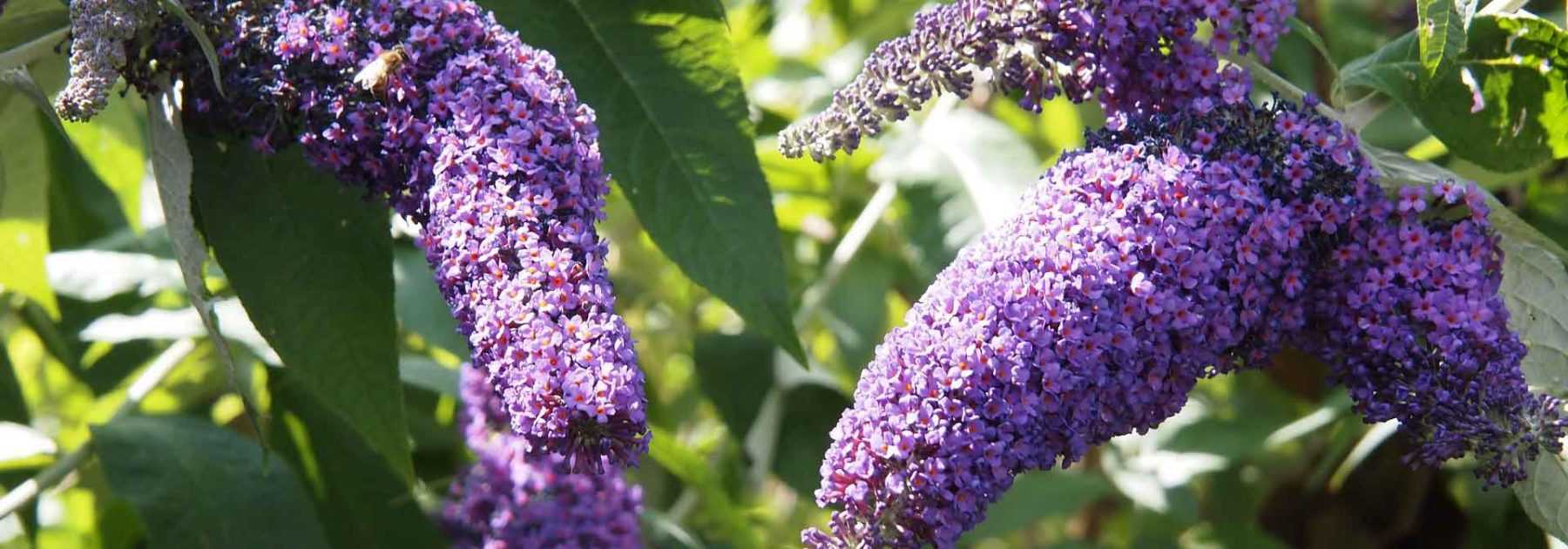
Complete Guide to Growing the Butterfly Bush
Contents
Butterfly Bushes or Buddleias in a Nutshell
- They thrive in full sun and adapt to poor soils for maximum versatility
- They provide long-lasting, abundant flowering throughout summer
- Very low-maintenance, requiring only a short prune in spring
- Fast-growing to quickly form beautiful green screens
- Hardy and robust, they withstand urban pollution exceptionally well – perfect for city gardens
Our expert's word
Often referred to as “Butterfly Bushes“, Buddleias are beautiful flowering shrubs, whose sweet fragrance irresistibly attracts numerous butterflies.
While the most well-known is Buddleja davidii or David’s Buddleia, from which many cultivars originate such as ‘Black Knight’ or the white Buddleia ‘White Profusion’, there are many other varieties, all equally interesting like B. alternifolia. Not to mention the hybrids derived from B. x weyeriana, some of which like ‘Sungold’ bloom in golden-orange, and the dwarf Buddleias (‘Blue Chip’, ‘White Chip’…) perfectly suited for container growing.
Renowned for their ability to quickly colonise any wasteland, Buddleias have a reputation as invaders that newer sterile varieties like Buddleia ‘Lilac Chip’ now contradict!
From July to October, sometimes in winter, the Buddleias in white, lilac-mauve, yellow, pink or indigo blue, produce abundant panicles of fragrant flowers in varied hues. All Buddleias are prized for their blooms set against green or silvery foliage, whether spring, summer, autumn or winter-flowering.
They are among the flowering shrubs that are easiest to grow! They thrive in full sun in any well-drained soil. With their rapid growth, they quickly form beautiful floral screens, provided they are pruned correctly – hard and in late winter!
As a specimen plant or grouped in informal hedges with other shrubs, in large romantic containers or sunny rockeries, these butterfly bushes adapt to all gardens, including small spaces. Their versatile nature and tolerance to pollution make them essential in all naturalistic and cottage-style gardens as well as urban gardens. They also make lovely summer bouquets with a wild charm.
With their unconventional appearance, these generous shrubs deserve a prime spot in your garden. Planting, care, pruning of Buddleias – here are all our tips for a splendid flowering season.
Botany
Botanical data
- Latin name Buddleja
- Family Buddlejaceae
- Common name Buddleia, Butterfly Bush, Summer Lilac
- Flowering May to November
- Height 0.60 to 6 m
- Exposure Sun, partial shade
- Soil type all types
- Hardiness Varies by species, from -7 to -25°C
Buddleias, more commonly known as “Butterfly Bushes”, are shrubs native to riverbanks, rocky regions and thickets of Asia (particularly China and Tibet), Africa and America.
The genus includes about a hundred shrubs, trees and climbers, evergreen, semi-evergreen and deciduous. There are also some herbaceous perennials. The most common species is Buddleja davidii, David’s Buddleia or Father David’s Buddleia, which comes in many cultivars such as ‘White Ball’, ‘Summer Beauty’ and some sterile varieties like ‘Blue Chip’.
Today there are nearly 300 cultivars, 60% of which are descendants of B. davidii as well as hybrids from this species. Not to mention those from B.x weyeriana (‘Sungold’,’Flower Power’, ‘Moonlight’).
There are also beautiful dwarf varieties or smaller models of Butterfly Bush, hardy and non-invasive, which don’t exceed 1.20 m at maturity like Buddleja davidii ‘Nanho Blue’, B. ‘White Chip’ and ‘Lilac Chip’.
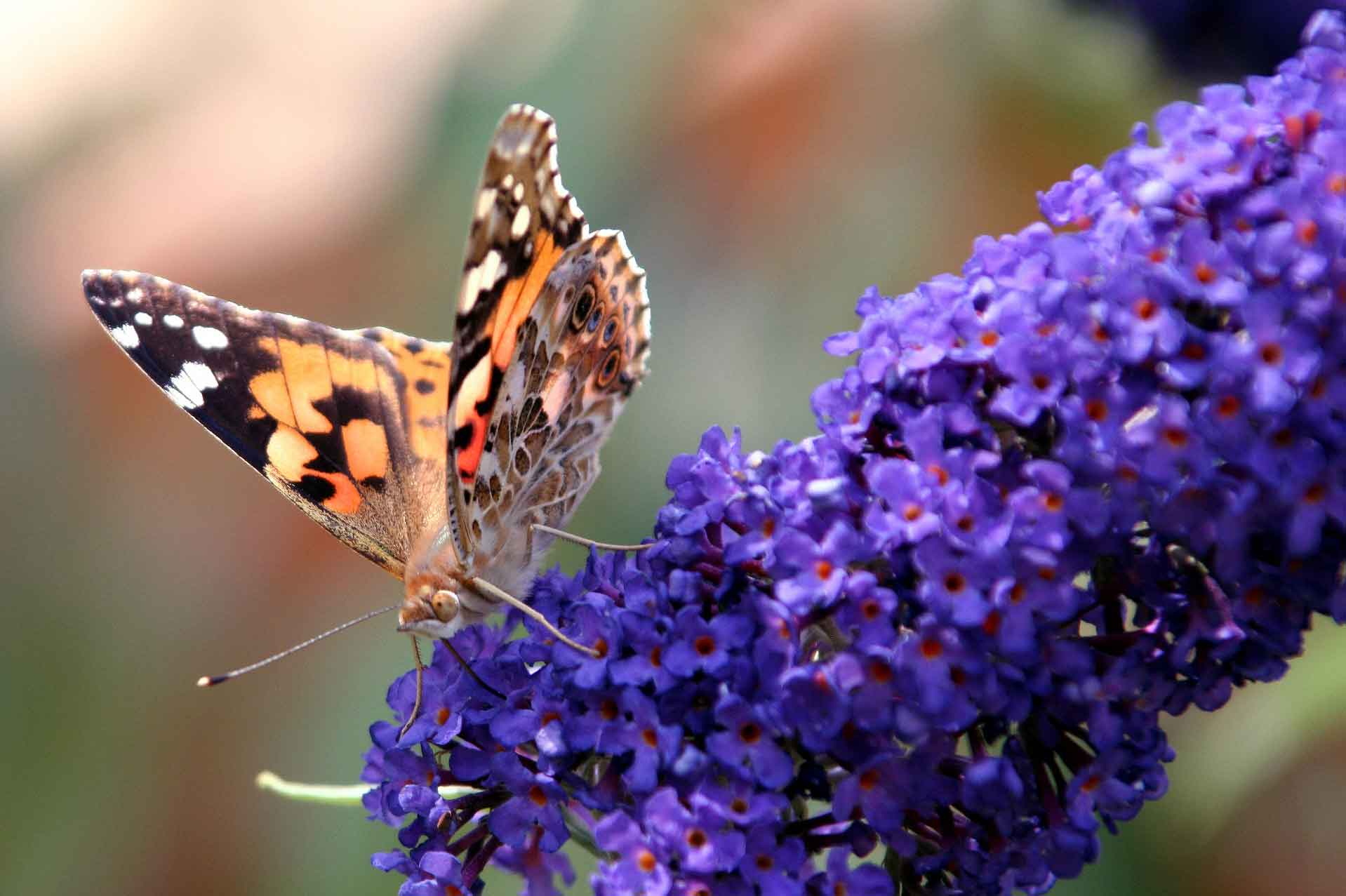

The fragrant, nectar-rich flowers of Buddleias irresistibly attract butterflies, hence the nickname “Butterfly Bush”!
Their size varies by species from 90 cm up to 6 m in height:
- large (4 to 6 m): Buddleia globosa, Buddleia auriculata, Buddleja colvilei
- medium (4 m): Buddleja macrostachya, Buddleja alternifolia
- small (1.50 to 3 m): Buddleja x weyeriana, Buddleja davidii, Buddleia Lochinch, Buddleja crispa
Most Buddleias are vigorous shrubs with good hardiness and withstand cold very well, some at temperatures beyond -20°C, except Buddleja colvilei which fears severe frosts. They also tolerate high heat and summer drought and are very resistant to pollution.
They grow throughout France, self-seeding spontaneously, quickly colonising any wasteland, particularly Buddleia davidii, often even in abandoned places where few plants grow; motorway verges, railway lines, walls of industrial wastelands. Buddleias have a great dispersal capacity: their seeds spread easily.
For these reasons, these shrubs have a reputation as invaders and are considered invasive in Europe and some regions of France. Recent selections produce sterile varieties (‘White Chip’, Buddleja x weyeriana ‘Sungold’) which have the advantage of not spreading.
The habit differs by species but always retains a light and elegant appearance; generously bushy in Buddleja davidii, weeping in B. alternifolia whose arched branches bend under the weight of flowers, bristly and rounded in dwarf forms, spreading and compact in others. With age, they can become narrower and erect or conversely “open up”.
Their growth is rapid, they can quickly reach 3 to 5 m tall with a 4 m spread in 5 to 6 years. But their lifespan of about ten years or more is quite short.
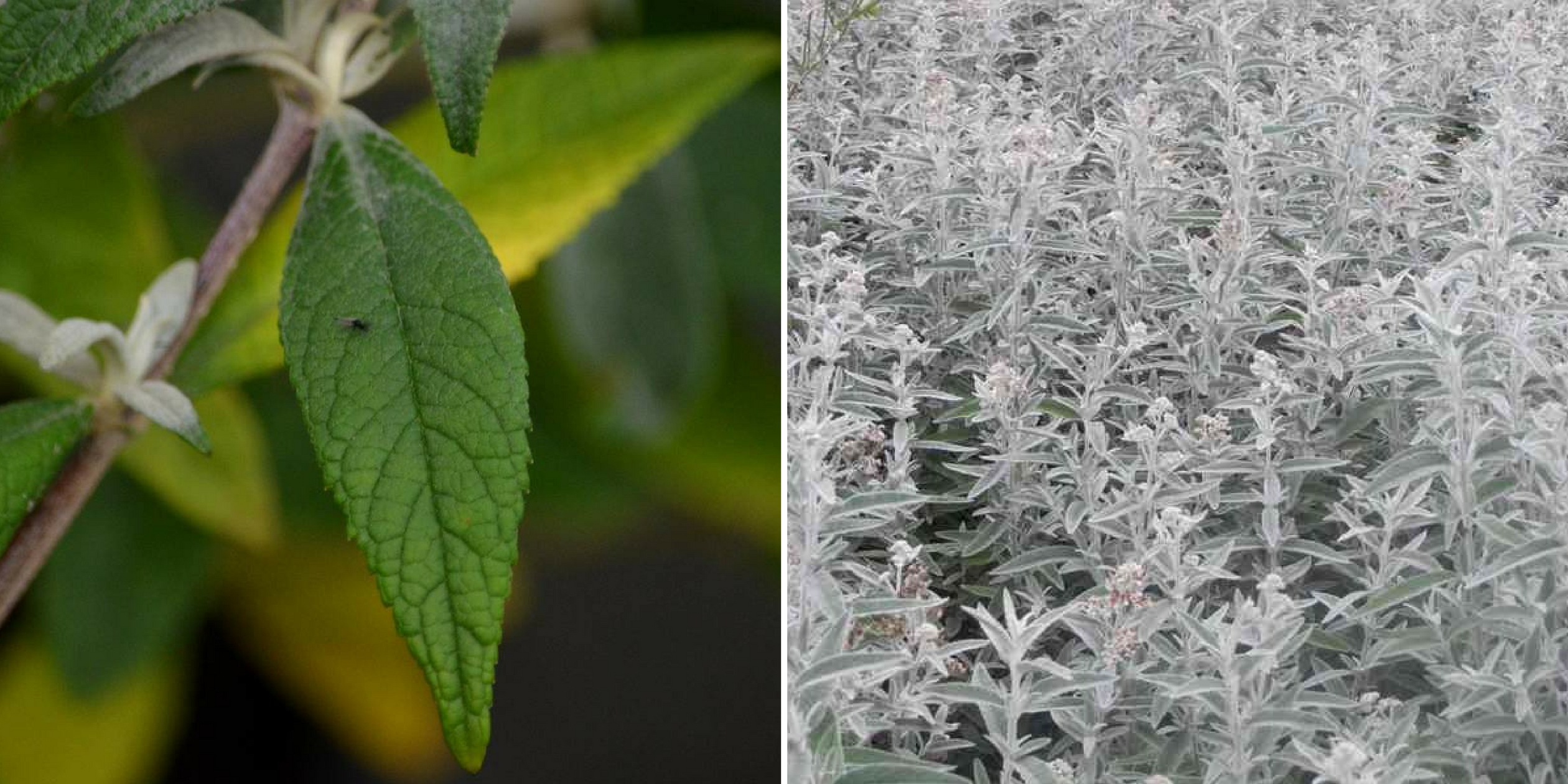

From the pointed green leaves of Buddleia davidii to the silver foliage of Buddleia ‘Silver Anniversary’
In Buddleias, the foliage is deciduous or more or less evergreen depending on species and climate. Decorative with its graphic and quite lush aspect, it forms a beautiful screen of vegetation. Buddleias are mainly shrubs with opposite leaves, elongated to oval, sometimes broad and toothed. The leaves, 8 to 30 cm long, are pointed, light to dark green or silvery green with a downy underside.
These leaves may green or darken at maturity. Some Buddleias have green leaves above, almost white below, remarkably decorative when the breeze lifts them.
The Buddleia ‘Silver Anniversary’ is a new variety with completely silver-grey leaves. Others, like the Buddleia davidii ‘Masquerade’ develop beautiful variegated foliage from which the flowers emerge.
From June to September-October, the branches of Butterfly Bushes are covered with beautiful terminal panicles of small flowers in variable colours ranging from lilac pink to deep purple through orange. A continuous flowering, from early summer to the first frosts for most, which makes these shrubs remarkable and earned them the nickname “summer lilac”.
Buddleias also differ by their flowering period; early, summer or autumn, there’s a Butterfly Bush to flower every season!
There are earlier and later varieties; Buddleja officinalis flowers in winter from January to April, B. Lochinch is the latest, with flowering starting in midsummer, in August.
The more or less arched branches usually bear dense spikes of upright flowers, 4 to 40 cm long depending on variety. These inflorescences are more or less continuous and in some Buddleias, they sometimes take on surprising globular intermediate forms.
The particularity of Buddleja weyeriana is to bear yellow to violet ball-shaped flowers, that of wild Buddleja colvilei very large hanging pink or red bell-shaped flowers, and B. globosa presents flowering in orange round heads gathered in graceful panicles. Buddleja macrostachya stands out with its long drooping panicles of small pale yellow flowers dotted with an orange throat.
Colours range from the lightest to the most intense tones, depending on species and varieties. Alongside the classic mauve-lilac of the wild roadside species, the many derived varieties offer a more diverse palette. Buddleja davidii ‘White Profusion’ bears large pure white panicles with a yellow eye, Buddleja ‘Nanho Purple’, purple-violet with an orange eye, Buddleja ‘Flower Power’ offers a bicolour display with spikes shading from soft orange to purple-pink.
Also unique, the incandescent bright pink of Buddleia ‘Miss Ruby’, the deep midnight blue of Buddleia davidii ‘Adonis Blue’.
The flowering of these shrubs has two appreciable qualities: it is honey-producing and emits a sweet honey fragrance. The pleasantly fragrant, nectar-rich flowers are much visited by pollinating insects and irresistibly attract butterflies, hence the nickname “Butterfly Bush”!
They give summer bouquets a casual, natural touch.
In the garden, Buddleias are trouble-free shrubs, not demanding about soil type. They all like well-drained soils, even tolerating poor and calcareous ground. They appreciate being planted in full sun, sheltered from strong winds. Their rather brittle stems fear overly windy situations.
They get their name “Buddleja” from English botanist Adam Buddle who discovered these shrubs in China in 1869.
Planted singly or in groups, Buddleias deserve their place in all gardens, whether naturalistic or urban.
They work wonders in mixed hedges combined with other Buddleias or shrubs like Hibiscus, Viburnums, Ceanothus, Weigelas, on slopes or at the back of borders. They form magnificent backdrops for old roses and harmonise perfectly with summer perennials, Lupins, Lavateras, Delphiniums, Oriental Poppies, in mixed borders.
They are good partners for Snowberries or shrubby Potentillas. They form airy screens of vegetation and offer beautiful colour combinations with Tamarisks and Smoke Bushes.
With their branches covered in mauve, pink, white or blue spikes, they feature in cool Lilac/white scenes, contrasting blue/lemon yellow with euphorbias for example or in blue harmonies with clematis, achilleas, campanulas, Thalictrum.
Some modest-sized varieties are particularly suited to small spaces and container growing mixed with hardy geraniums, sages, phlox or lavenders.
Buddleia: Species and Varieties
The Buddleja genus includes around a hundred species and nearly 300 cultivars. The most widespread and commonly sold in nurseries is Buddleia davidii, which has given rise to numerous cultivars and hybrids.
The choice is vast and can be guided by size, colour, early or late flowering period, or the sterile nature of the variety.
The most popular
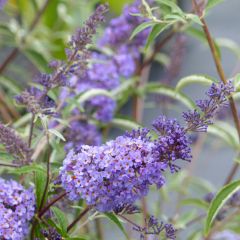
Buddleja davidii Nanho Blue - Butterfly Bush
- Flowering time July to October
- Height at maturity 1,50 m

Buddleia White Chip - Butterfly Bush
- Flowering time August to October
- Height at maturity 90 cm

Buddleja Blue Chip - Butterfly Bush
- Flowering time August to October
- Height at maturity 1 m

Buddleja alternifolia Unique - Butterfly Bush
- Flowering time July to November
- Height at maturity 1,20 m

Buddleia davidii Black Knight - Butterfly Bush
- Flowering time August to October
- Height at maturity 3 m

Buddleja davidii Lilac Chip - Butterfly Bush
- Flowering time August, September
- Height at maturity 70 cm
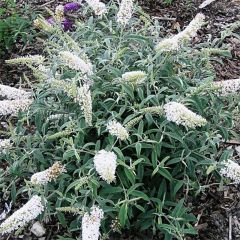
Buddleja davidii White Ball - Butterfly Bush
- Flowering time July to October
- Height at maturity 1,50 m
Our favourites
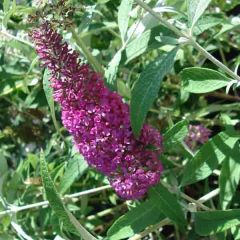
Buddleia davidii Summer Beauty - Butterfly Bush
- Flowering time August to November
- Height at maturity 3 m
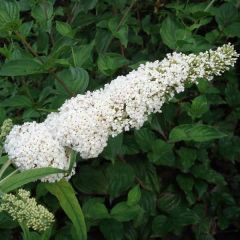
Buddleja davidii White Ball White - Butterfly Bush
- Flowering time July to October
- Height at maturity 3 m

Buddleia Miss Ruby - Butterfly Bush
- Flowering time August to November
- Height at maturity 1,20 m

Buddleja Silver Anniversary - Butterfly Bush
- Flowering time August to November
- Height at maturity 1,50 m
Other interesting varieties
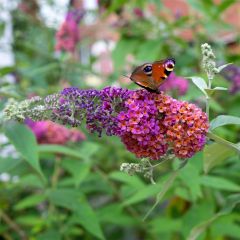
Buddleja Flower Power - Butterfly Bush
- Flowering time August to October
- Height at maturity 2 m
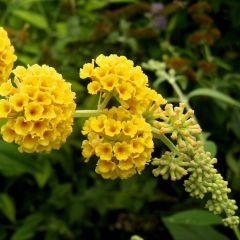
Buddleja x weyeriana Sungold
- Flowering time September to November
- Height at maturity 3 m
To help you choose the right buddleia from the many varieties we offer, follow our advice: “Which buddleia or butterfly bush should you choose?”
Discover other Buddleja -Butterfly bush
Planting location and conditions
Choosing the Right Location
These versatile shrubs adapt to various garden settings, whether planted as a standalone specimen, in shrub borders, or as part of natural hedges. Their main requirement is a sunny position, ideally sheltered from strong winds to protect their fragile stems.
They are not fussy about soil quality, as long as it is well-drained.
With their rapid growth, these shrubs need adequate space. They can quickly reach considerable heights, so ensure you allocate them enough room.
Ideal Planting Time
The planting period for Buddleias is quite flexible, ranging from September to April.
Tips for Successful Planting
Buddleias are undemanding shrubs when it comes to soil type—they simply need sun and well-drained soil. Flowering begins in the first summer. For hedge planting, maintain a distance of 1 m to 1.20 m between each plant. Regular watering during the first season is also recommended.
When planting in the ground, improve drainage if necessary, for example by mixing coarse gravel with garden soil in equal parts. Water regularly during the first summer.
Specimens planted in large containers, such as Buddleia ‘White Chip’ or ‘Nanho Blue’, will require regular watering and fertiliser in spring or summer to encourage flowering.
→ Learn more about growing Buddleia in pots in our advice sheet!
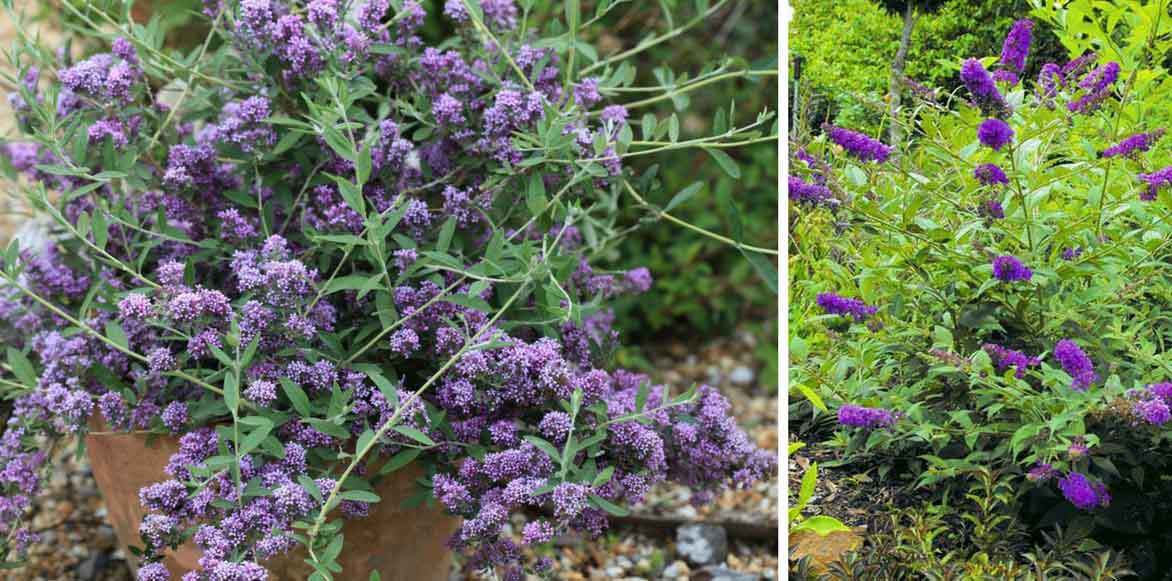

Potted Buddleias need extra care: fertiliser to promote flowering and regular watering, especially in summer.
For more information on planting Buddleia, visit our guide: “Buddleia, Butterfly Bush: Planting and Care”
Care and Specific Maintenance of the Buddleia
Hardy down to -20°C, resistant to both drought and pollution, Butterfly Bushes are exceptionally robust. They require minimal maintenance: no fertiliser, little watering, making them perfect companions for low-maintenance gardens!
The Importance of Pruning for Flowering
Many hesitate to prune Buddleias. However, they bloom remarkably throughout summer, provided they are pruned correctly. Pruning ensures abundant flowering, encourages branch regrowth and maintains an elegant shape, preventing bare bases. We recommend hard pruning for Buddleja davidii in particular, while other species don’t require such drastic pruning.
When and How to Prune?
The ideal time for pruning is in March, before new growth begins. Cut back severely to 30-50 cm from the ground to encourage vigorous growth. Find more details in our advice sheet: “Buddleia, Butterfly Bush: How to Prune Properly”.
Possible diseases and pests
Buddleias are resilient flowering shrubs that, once well established, have few natural predators. However, they are not completely immune to pest problems such as stink bugs, caterpillars, vine weevils and spider mites.
→ Read also: Diseases and pests of the Buddleia – butterfly bush.
Propagation
Propagating Buddleias from Cuttings is a simple and effective method to reproduce these shrubs.
- Carry out the process in late summer
- Take 15 cm cuttings from semi-ripe wood
- Plant them in a mixture of river sand and potting compost
- Rooting occurs quickly in about 2 months
For more information, see our advice sheet: “Buddleia, Butterfly Bush: Successful Propagation from Cuttings” and our video: Taking Buddleia Cuttings
Butterfly bush
Buddleias integrate easily into various garden settings, whether as standalone specimens, in hedges or in planters.
They pair beautifully in flowering hedges with all types of shrubs such as Ceanothus, weigelas and Hibiscus, creating stunning backdrops for old-fashioned or English roses. And of course, mixed with other Buddleias.
In the background of a mixed sunny perennial border (purple sages, lupins, delphiniums, oriental poppies, coneflowers…), they create lush, generous displays in midsummer.
Their varied colour palette makes them ideal for monochromatic blue compositions or contrasting scenes.
The dwarf butterfly bushes ‘White Ball’ or Buddleia alternifolia ‘Unique’, are particularly suited to small spaces and container growing on patios and balconies.
Their elegant silhouette pairs well with Tamarisks, Snowberries and they also make good companions for smoke bushes.
Their flower clusters add a natural, wild charm to summer bouquets.
For more planting ideas, see our advice sheet: “Butterfly Bush: 8 Planting Combination Ideas”
Useful resources
- The most beautiful varieties of Butterfly Bushes are on our website!
- Watch Olivier’s video: My Buddleia has stopped flowering… why?
- Watch Olivier’s video: Propagating Buddleia
- Watch Olivier’s video: Butterfly Bush or Buddleia: A vast family
- Get inspired on our blog with our tips for creating a stunning flowering hedge with Buddleias
- Love blue-flowering shrubs? Discover our article: 8 blue-flowering shrubs you must have in your garden
- Discover other remarkable summer-flowering shrubs: 10 summer-flowering shrubs you must have in your garden!
-
- 6 unusual Buddleias that stand out from the crowd
- 8 dwarf Buddleias
- 7 evergreen Buddleias
- Botanical Buddleias: shrubs worth discoveringDiscover:
- The best white Buddleias; The best violet, mauve and purple Buddleias for your garden; For a sunny summer: the most beautiful yellow and orange Buddleias; The best pink Buddleias to brighten up your garden
Frequently asked questions
-
My Buddleia Isn't Flowering, What Should I Do?
The only essential rule for maintaining beautiful Buddleias is pruning, as unpruned Buddleias will eventually become sparse, flower less, and develop a straggly appearance. For Buddleias, pruning is highly beneficial, even necessary. The more you prune, the more floriferous and vigorous they will become. Pruning stimulates flowering, encourages new branch growth, and helps maintain an elegant shape with a bushy base.
Prune Buddleia davidii without hesitation, cutting back hard each year during the dormant period. Other species, such as B. alternifolia, colvilei, and globosa, do not require such strict pruning.
In March, before new growth begins, cut back stems emerging from the ground severely to 30-50 cm. Shorten the previous year's shoots to 5-10 cm above the old wood. You can also carry out summer pruning—in May-June, trim young shoots before flowers appear to delay and stagger flowering, and in late August-early September to encourage a second flush of blooms.
- Subscribe!
- Contents
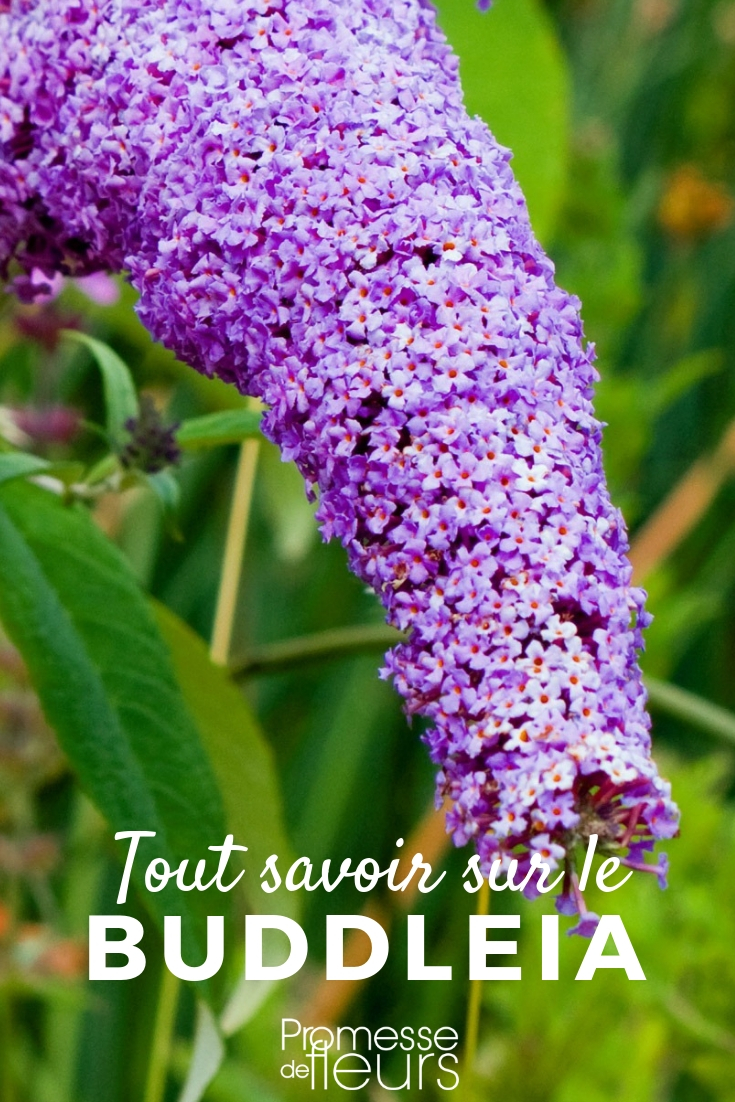




































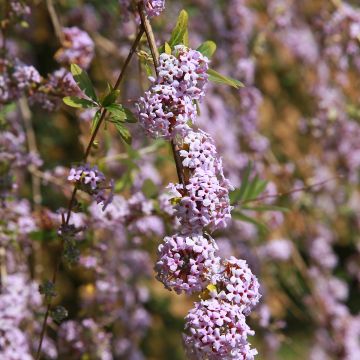
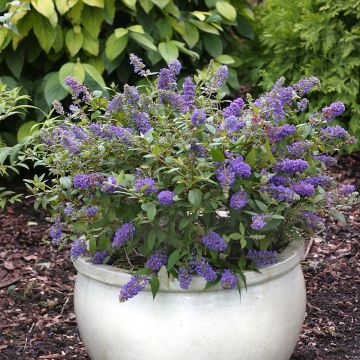
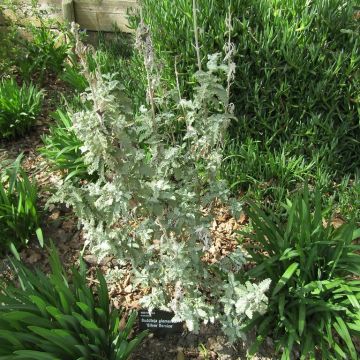
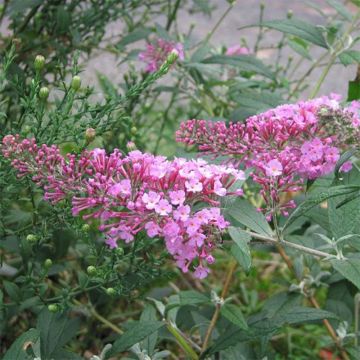

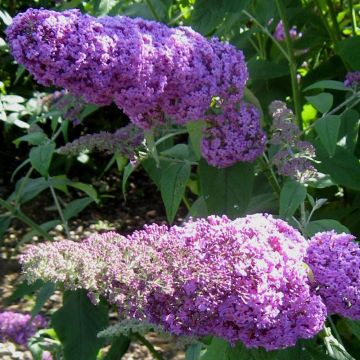
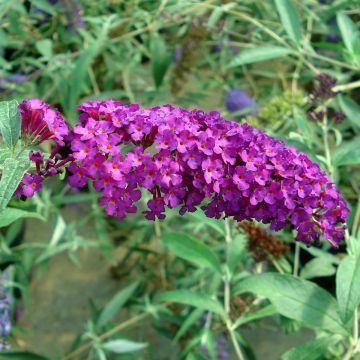
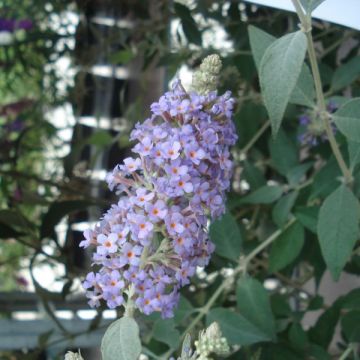
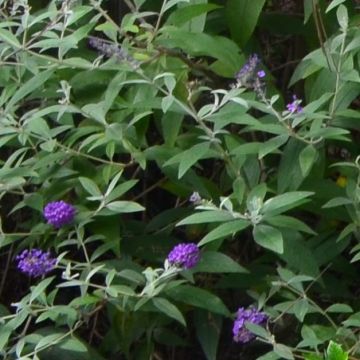
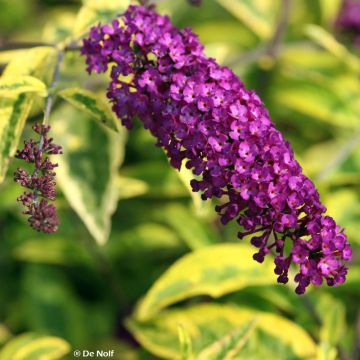
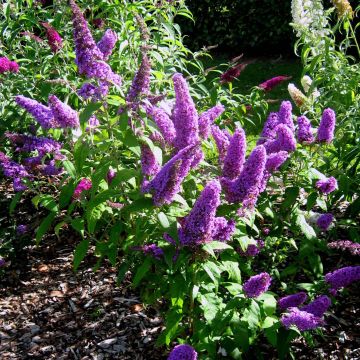
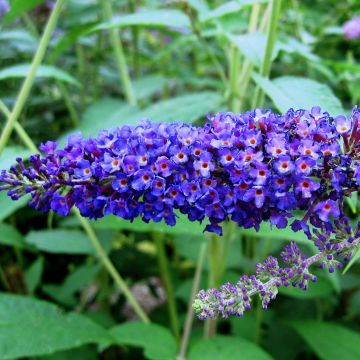
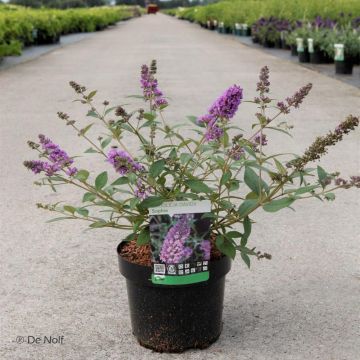
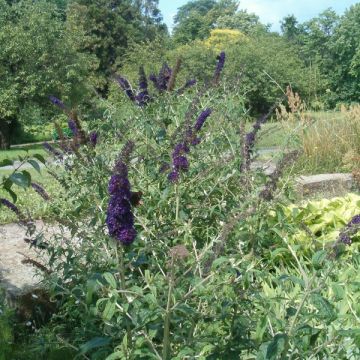
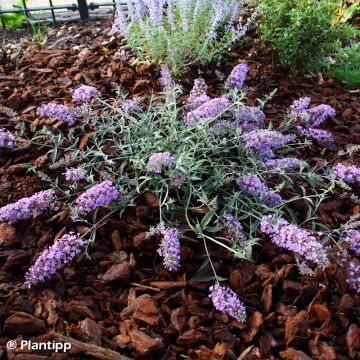

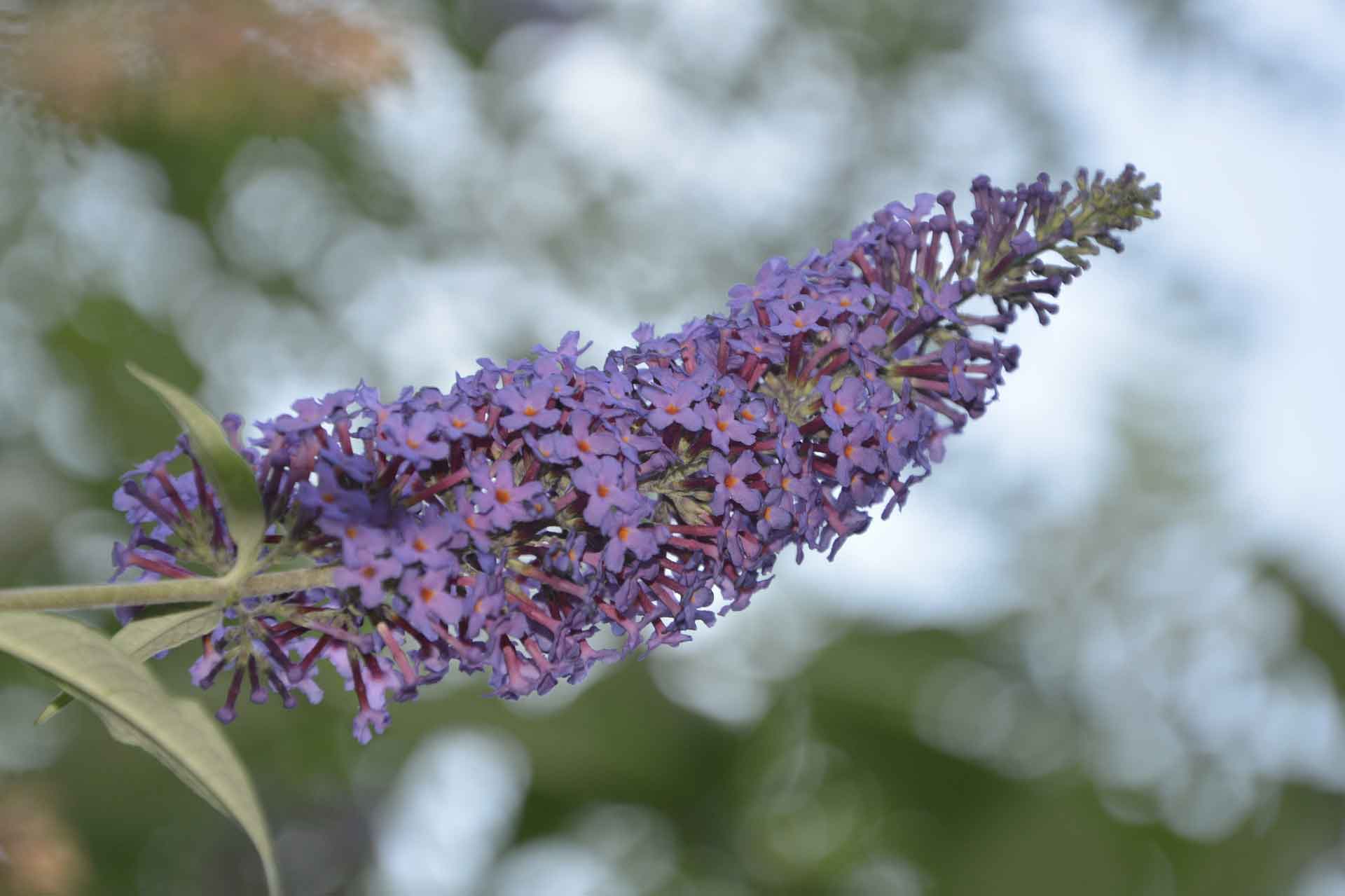
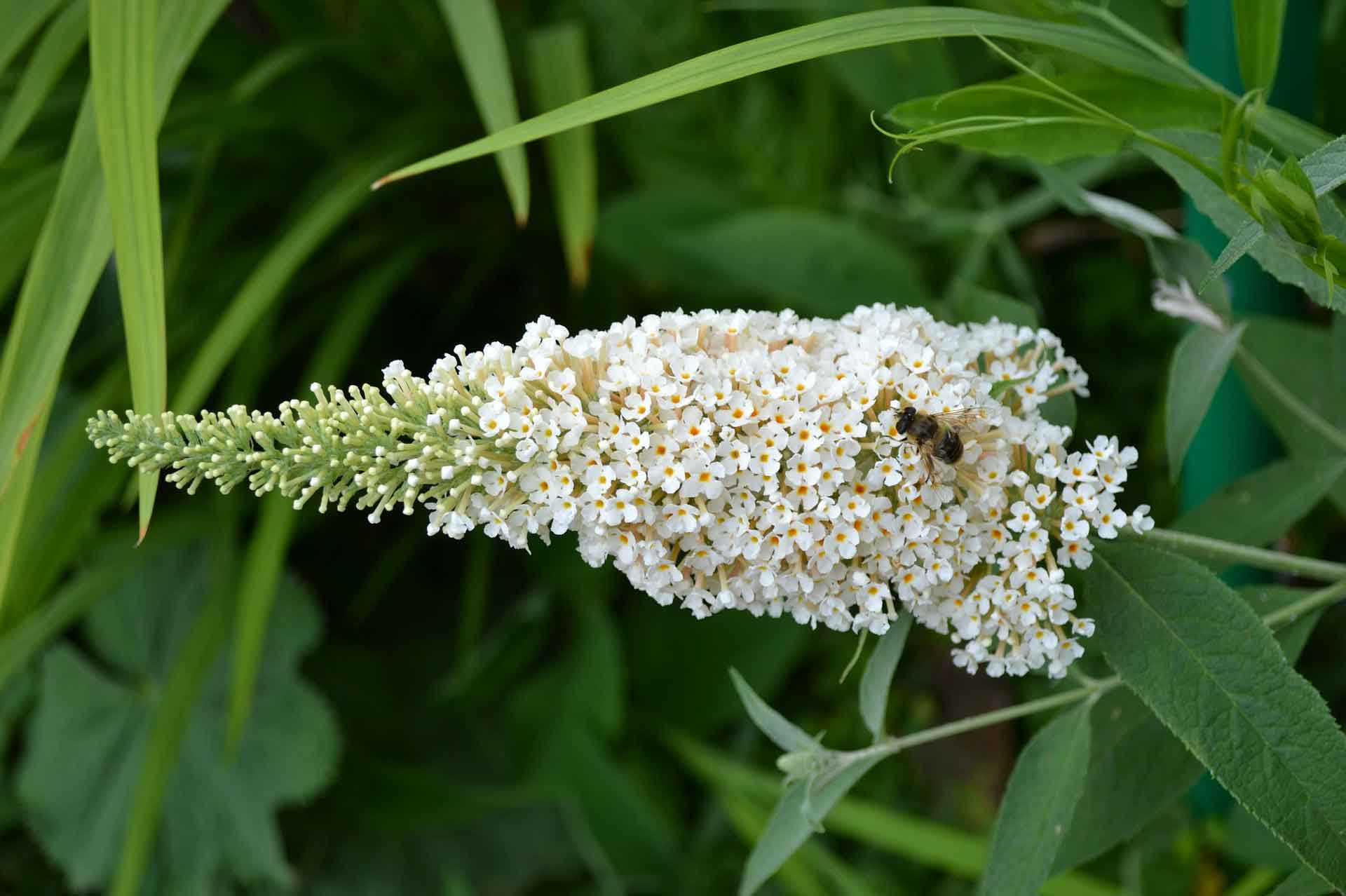
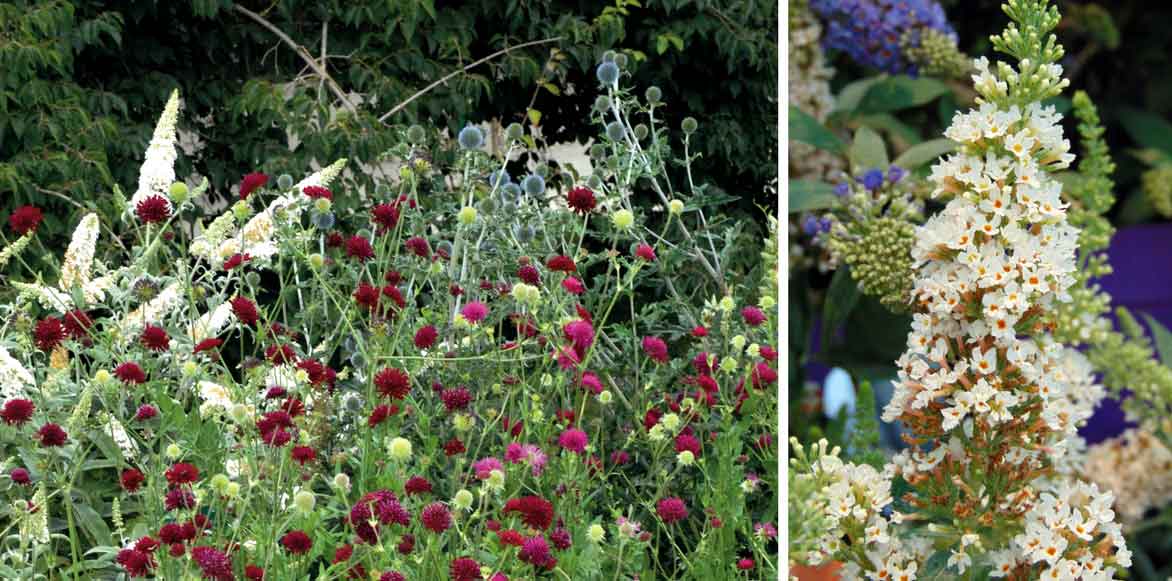
Comments